This post may contain affiliate links, which means I’ll receive a commission if you purchase through my links, at no extra cost to you. Please read my full disclosure for more information.
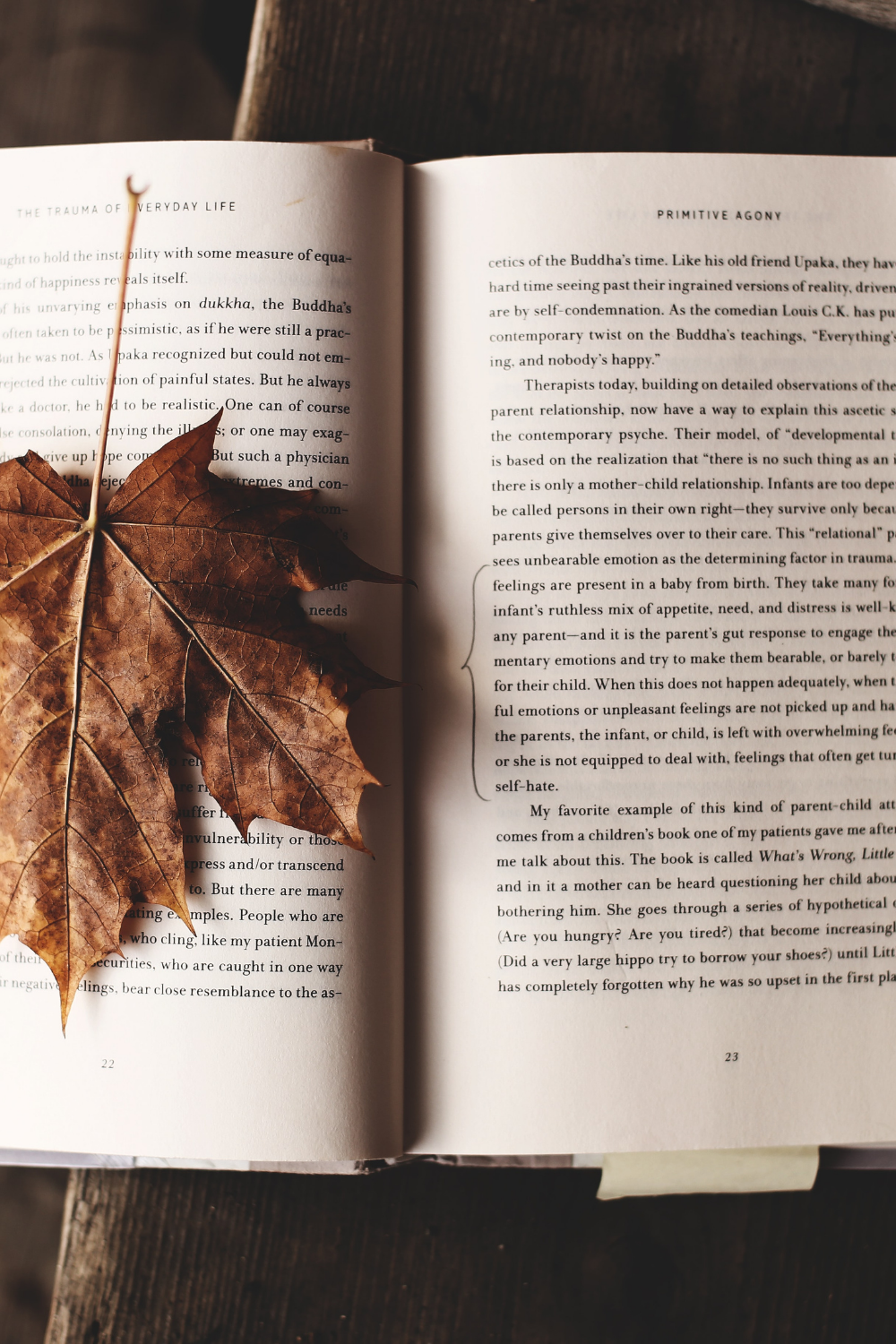
These seven thrilling book to movie adaptations for Halloween will keep you up at night. Beware! These scary books and their subsequent movies will cause a chill down your spine during the spooky season.
1. “You” by Caroline Kepnes
My one line pitch: This novel is a horrifying rollercoaster ride that keeps going upward.
Although a lot of people have watched the serialized Netflix adaption, many readers have overlooked this thrilling book. True to its title, the book’s narration takes place in the second person “You.” This narration therefore enhances all the uneasy feelings one has while reading the book.
Without giving too much away, I will say that this book is about the main character Joe. This bookseller becomes enthralled with a University girl – an aspiring writer named Beck – after they exchange banter about books at the bookstore he runs.
From then on, the story becomes a wild goose chase. Joe gets increasingly involved in all aspects of Beck’s life.
I sometimes find thrillers much scarier for their true crime quality… I can perfectly picture a girl being gaslighted, manipulated, stalked, and followed as Beck is by the common ‘nice guy.’ This thriller is so close to our modern day world following the horrors of social media tracking.
Plus, if you enjoyed this first book, there is a sequel that is equally as thrilling. The sequel is titled “Hidden Bodies.”
These books – especially the second one – are different from the Netflix TV series. You’re getting two stories which is so much fun! Double the thrill! And mystery!
Quote from the book: “The only thing crueler than a cage so small that a bird can’t fly is a cage so large that a bird thinks it can fly.”
2. “Gone Girl” by Gillian Flynn
My one line pitch: Psychologically taxing page turner.
“Gone Girl” is becoming a new cult classic for the thriller genre. Everyone recommends this book whether you are an avid reader of the genre or just a newbie starting out. This one is not one to miss out on!
If a friend ever came to me and asked me, “How do you write a thriller?” I would hand them all of Gillian Flynn’s book with a smile on my face and say, “Happy reading! This is effective researching!” You only learn by reading from the Queen of Thriller herself.
In all honesty, Gillian Flynn is masterful at twisting the plot and creating psychological suspense. I won’t give away too much of this novel because the best part about reading it is to go in knowing zero to nothing. The best part about Flynn’s works are the inner workings of the character’s minds and the thoughtfulness of their actions.
Yet, her writing can not be a hundred percent translated to the movie screen. But the movie for “Gone Girl” featuring lead actors Ben Affleck and Rosamund Pike was a smashing, thrilling, success.
I push this thriller every year onto people because it is worth the hype. Once books are made into movies; sometimes they are left at the wayside. That’s enough for my praise and little digressions. In conclusion: read the book and then watch the movie!
And if you really want to know… what this book is actually about? My simple spoiler free answer is the following: A not-so-happy marriage, a disappearance, and the finger pointed at the number one suspect: the husband.
Quote from the book: “There’s something disturbing about recalling a warm memory and feeling utterly cold.”
3. “The Girl on the Train” by Paula Hawkins
My one line pitch: No one’s life is picture perfect, to believe that it is when it isn’t – is terrifying.
“The Girl on the Train” is a groundbreaking thriller.
So the story goes… Rachel is the girl on the train and she watches, from afar, this couple every morning on her commute. Until one day, she sees something troubling happen to the woman. Suddenly Rachel becomes involved in this mystery of her disappearance.
But the story goes much deeper than its initial exposition. There are three separate story lines. One is from Rachel, the other is Rachel’s ex-husband new wife, and the third of the woman who disappeared Megan. That is all I can say without spoiling too much of the book or the movie.
First off, this book really resonated with me. I’ve always liked observing the environing houses from the train rides I took during university. It is a morbid curiosity to be an onlooker and wonder how other people live their lives. For those reasons, I felt this book to be very truthful and genuine in that sense.
This book deals with a lot of tangible topics, including depression, alcoholism, divorce, and motherhood, to name a few without spoiling the entire plot. This book feels real and is about real complicated people and their relationships.
The movie adaptation was amazingly filmed. Emily Blunt’s performance as Rachel was really raw and truly brought the character to life.
Quote from the book: “Hollowness: that I understand. I’m starting to believe that there isn’t anything you can do to fix it. That’s what I’ve taken from the therapy sessions: the holes in your life are permanent. You have to grow around them, like tree roots around concrete; you mould yourself through the gaps. All these things I know, but I don’t say them out loud, not now.”
SEE ALSO: Top 5 Classical Gothic Fiction You Need to Read
4. “Carrie” by Stephen King
My one line pitch: Cruelty is a cycle that knows no bound.
“Carrie” is Stephen King’s first book and it is AMAZING and full of delectable social commentary. The elements of what makes this truly frightening is that teenagers can really be that cruel and terrifying. Bullying is a very tangible topic and its consequences can be disastrous in real life and that it is what transcends from these pages. Parental abuse is also very predominant in this novel and King explores those repercussions as well.
As readers, we can empathize with Carrie’s circumstances. She is a vulnerable young girl. Carrie started her period and is being bullied by her peers and abused by her mother. Although her culminating actions are horrific, King settles this atmosphere of inevitability – we know something bad is going to happen, and that with every page the situation is amplifying into its horrific elements.
This book is by no means anti-climatic: it starts and ends on edge. This book is also on the side of his shorter books with just about 250 pages. However, those pages are super engaging and engrossing and easy to fly by.
A highly effective writing technique King uses in this novel are the pieces of articles (all fictionalized obviously) that he includes. We find police reports after the event which adds to this suspense. The interviews of the people in the small town that suffered the tragedy as well as entries from a memoir.
Hence, the realistic incorporation and weaving of various formats – creating a case study like novel – are proof of King’s great mastery for story telling.
Furthermore, two movie adaptations exist for this book. I highly recommend both. They are filmed decades apart; but they show the universality of this book.
Quote from the book: “People don’t get better, they just get smarter. When you get smarter you don’t stop pulling the wings off flies, you just think of better reasons for doing it.”
5. “Black Hole” by Charles Burns
My one line pitch: The gripping reality of being a teenager.
“Black Hole” is a bit cheating, not because it is a graphic novel, but because there isn’t really a book to movie adaptation of it. However, the movie “It Follows” comes frighteningly close. The premise is nearly identical. The horrifying feelings emanating from the movie are found in the graphic novel.
Ultimately it is the fear that makes this graphic novel poignant. the fear of contracting the disease, of isolation, of losing family, friends, and lovers, the fear of not being able to escape the inescapable. The black and white art style of the panels is very reflective of this state of isolation and fear.
I’ve read a lot of graphic novels (I’ve had an entire course on graphic novels in university) and none of them had successfully instilled a chill in me. I distinctly remember being so engrossed in this one for three whole hours on a school evening. The story did not leave my head until a couple of days past.
“Black Hole” targets the suburbs of Seattle in the mid-1970s. A plague-like disease transmits onto teenagers through sexual contact. (Do you see the resemblance with “It Follows”?) The disease manifests itself horrifyingly and graphically, first psychologically and then bodily, as warts, horns, tails, and grotesque forms takes place on the teenagers that further ostracizes them from society and their peers.
Quote from the book (ending panels): “I go through times when I just want to end it all. Be done with this life.” / “…But then I look around and think, how could I give all this up?”
6. “Lord of the Flies” by William Golding
My one line pitch: Evil rules in concordance with compliance.
“Lord of the Flies” is a chilling classic testing humanity at the youngest of its members: children. I truly believe this is a quintessential tale of innocence vs. corruption, individuality vs. society as well as survival vs. morality.
The story follows a group of British boys. They are the only survivors of a wartime plane crash. They become stranded on an island. There are younger and older ones, and slowly two separate groups start to form with an authoritative figure on each end. Tension runs high on both groups as the rivalry grows and civility withers. The boys slowly become warlike beasts. The rest I will leave up to you to find out dear readers.
There is a 1963 and a 1990 movie adaptation for this book. The latter movie, I watched at a young age. It utterly terrified me. Additionally, there is a rumor that a new remake is coming in the near future with the help of acclaimed writer Patrick Ness.
Quote from the book: “What are we? Humans? Or animals? Or savages?”
7. “Frankenstein” by Mary Wollstonecraft Shelley
My one line pitch: Irresponsibility for one’s monstrous act and creation.
Throughout history, it is shown to us that our inventions and creations have done good. But a lot of times we do not want to acknowledge the bad that comes along with them. Often, we shun responsibility when things go South but assume ownership and acclaims when an invention is fruitful and changes the world.
In this sense, Mary Shelley with her novel “Frankenstein” was ahead of her time. She explicitly came to terms with mankind’s creation with the increasing development of science and later, technology.
The most terrifying aspect about this book is its endlessly prevalent themes. These themes being individual vs. society, individual vs. playing with science and nature, man vs. ownership, etc. This is a story of a man, Victor Frankenstein making one decision that could impact the entire world. How often do we see this transgression recurring in modern and past times? How do we as society deal with the actions of a single individual?
Consequently, the timelessness tale of Frankenstein is read over and over again.
I won’t start by enumerating the amount of adaptions made for this book. After all, it is the oldest book on the list and one of the most prevalent classics of all time.
Quote from the book: “Nothing is so painful to the human mind as a great and sudden change.”
Let me know which are your thrilling favourite book to movie adaptations in the comments! 🎃
- 10 Books for Your Fall Reading List – 2020 New Releases Edition
- 7 Thrilling Book to Movie Adaptations for Halloween
- Top 5 Classical Gothic Fiction You Need to Read
- Best Books to Gift – 25 Books to Gift
- Winter Reading List (Top 10 Winter Books)
Love the post? Save Pin for later!


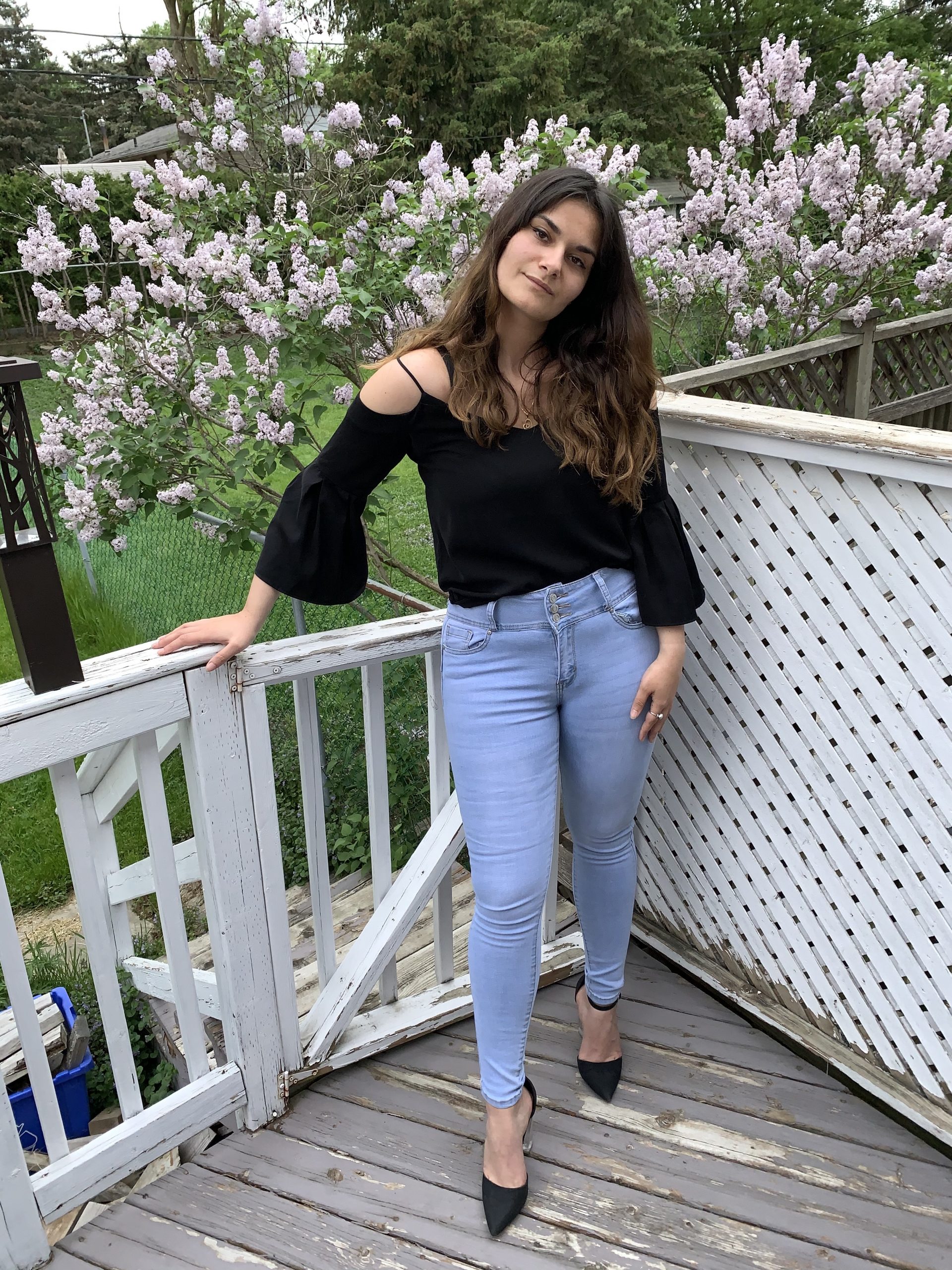







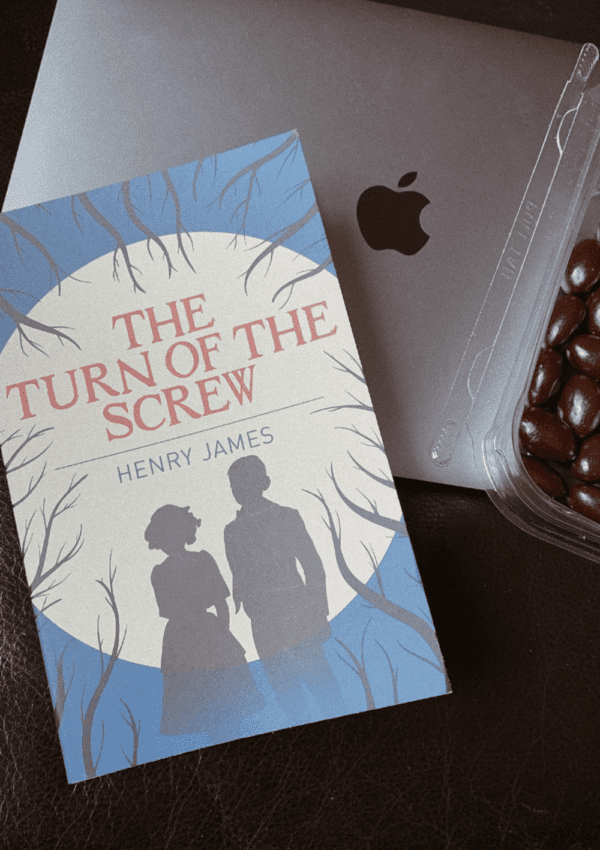
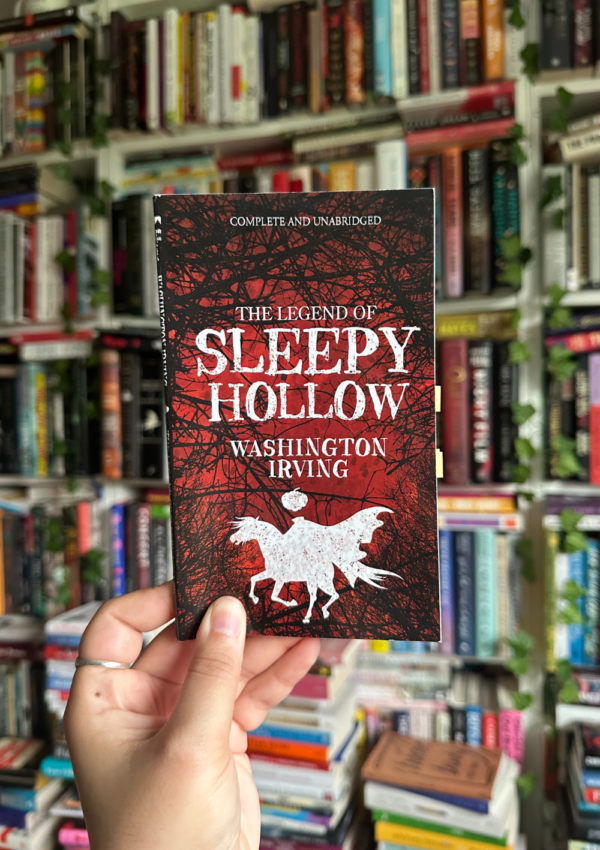
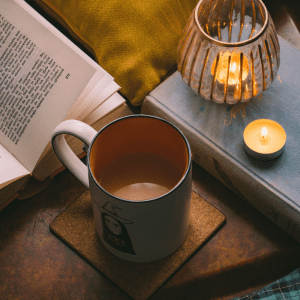

Leave a Reply